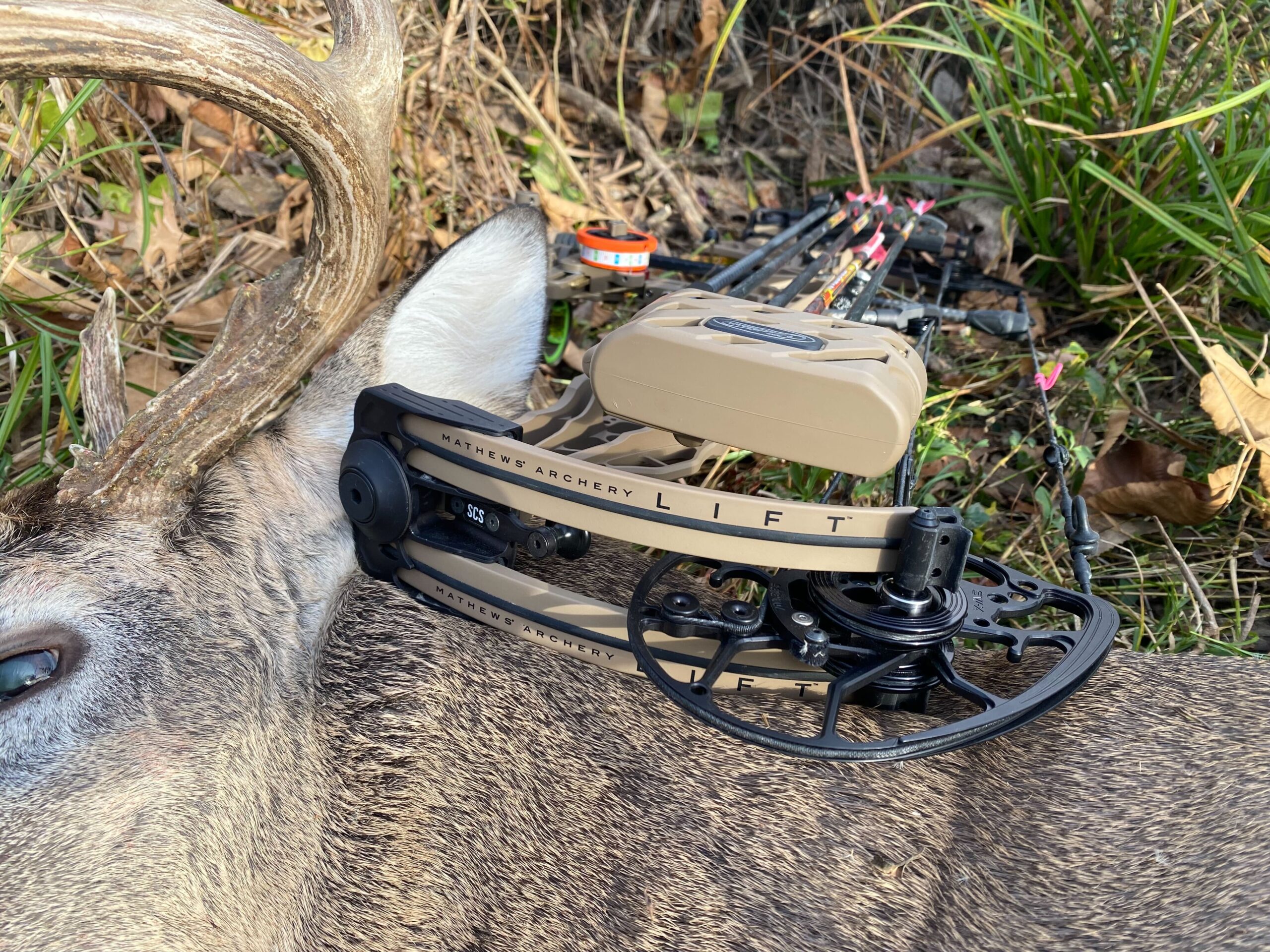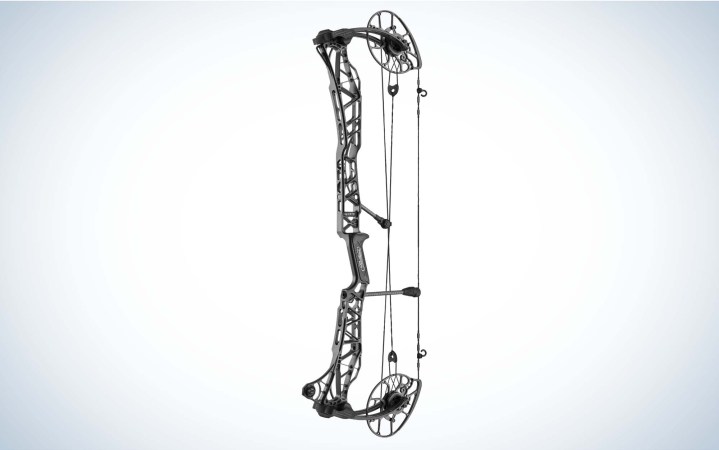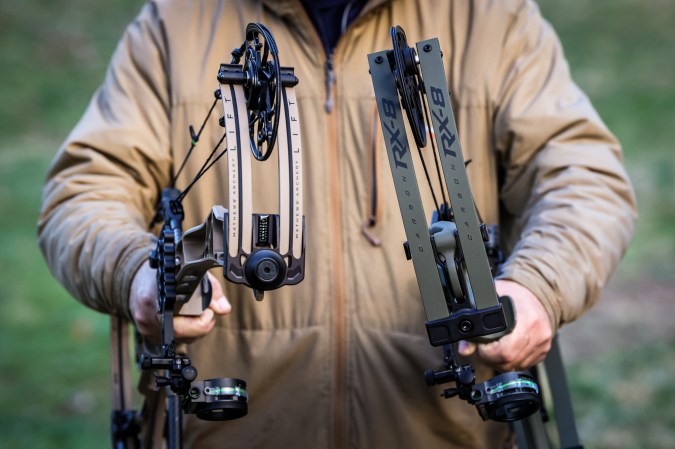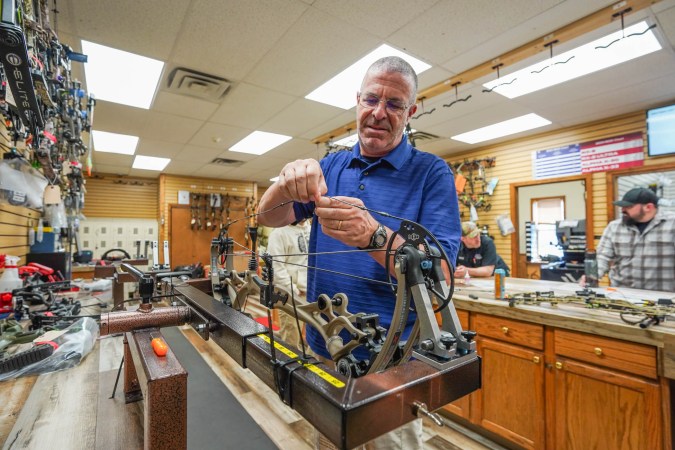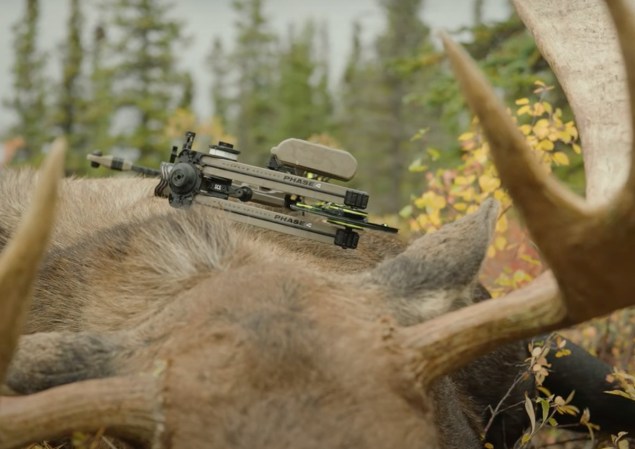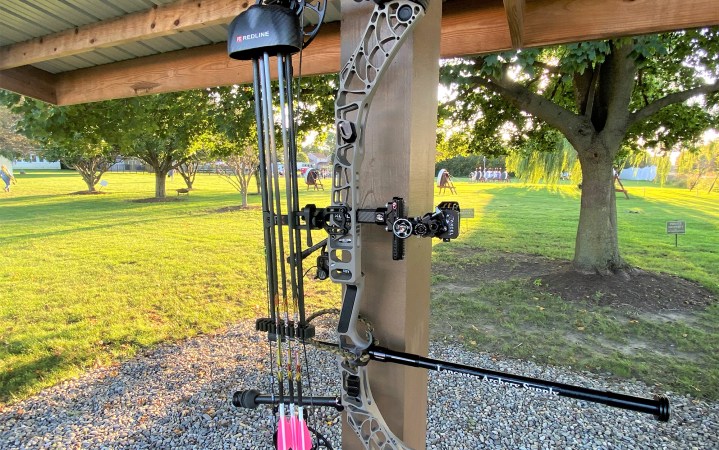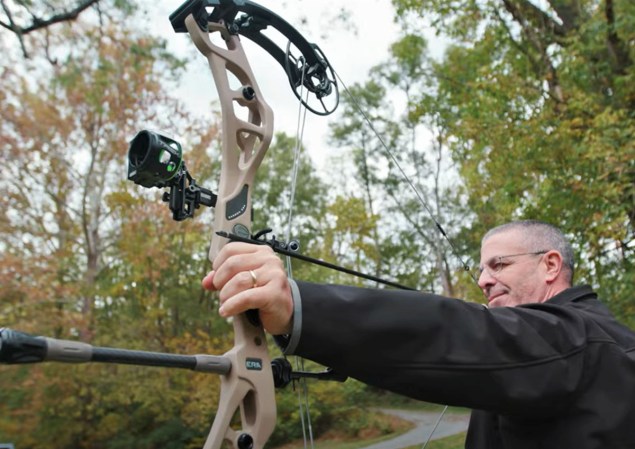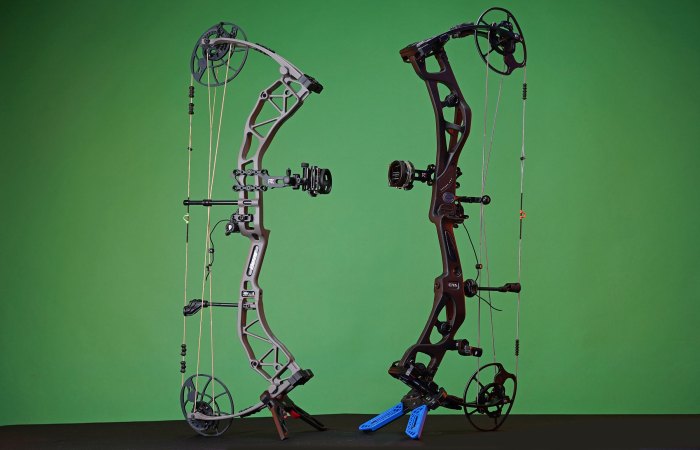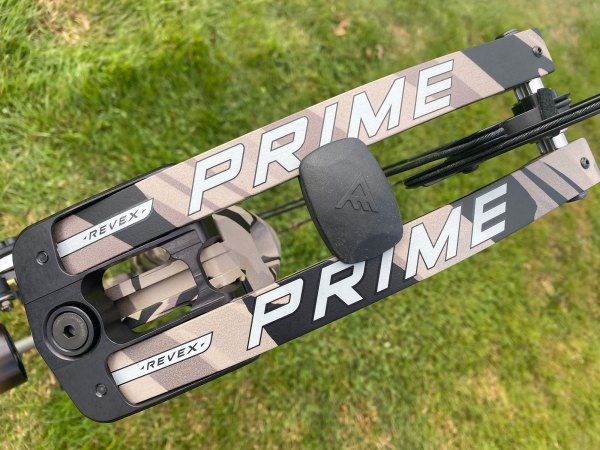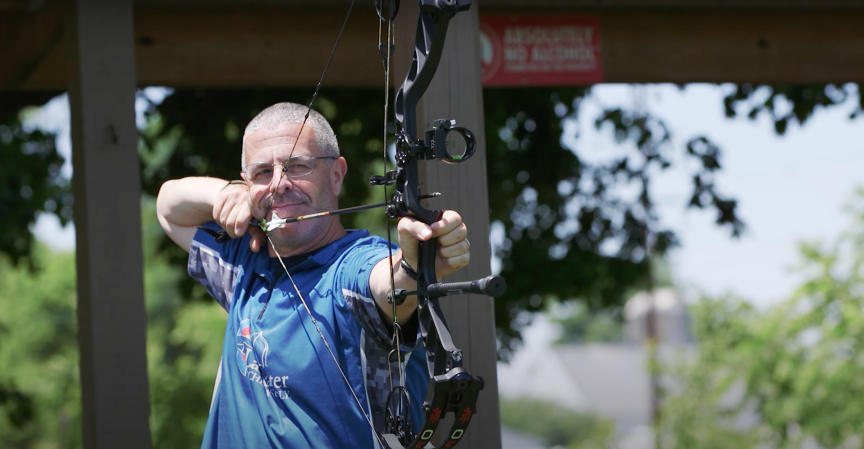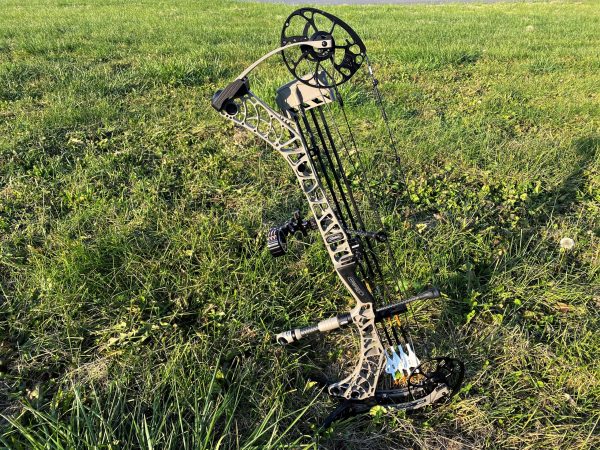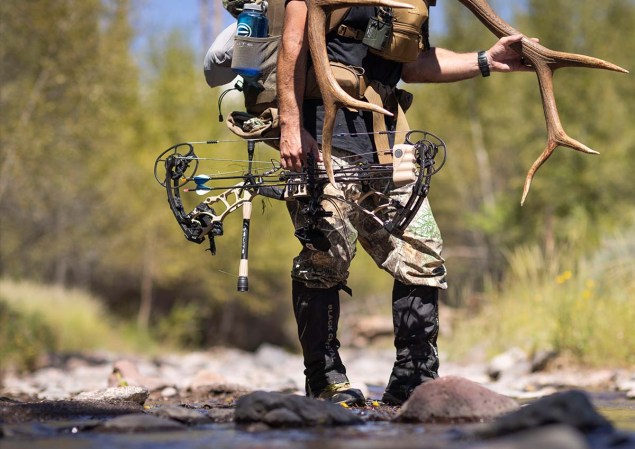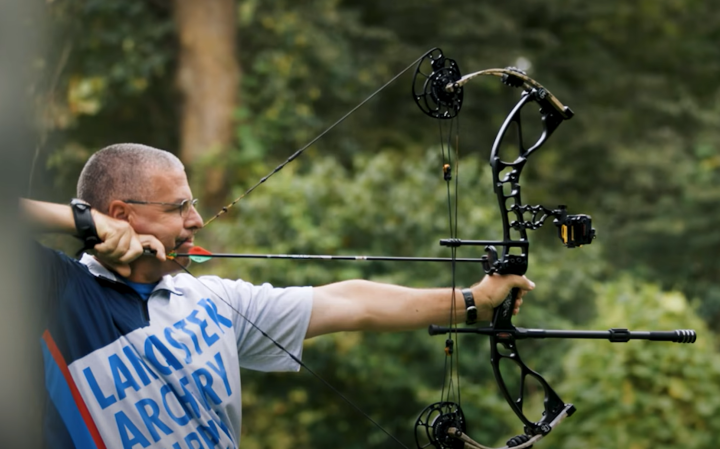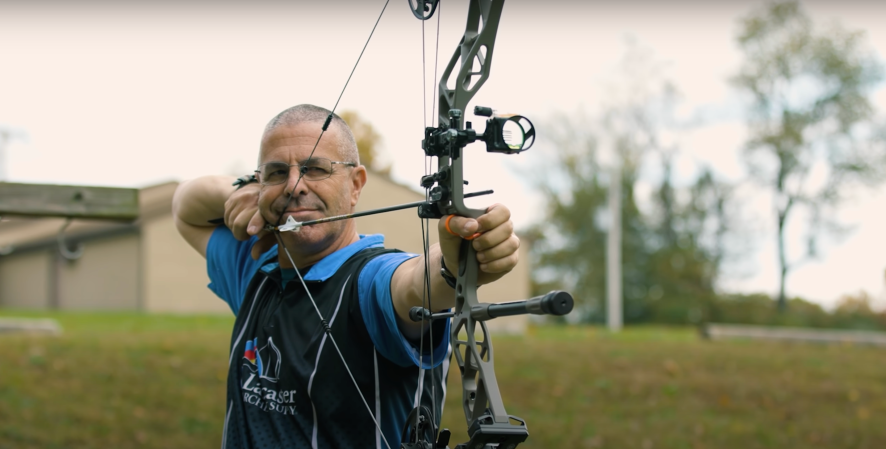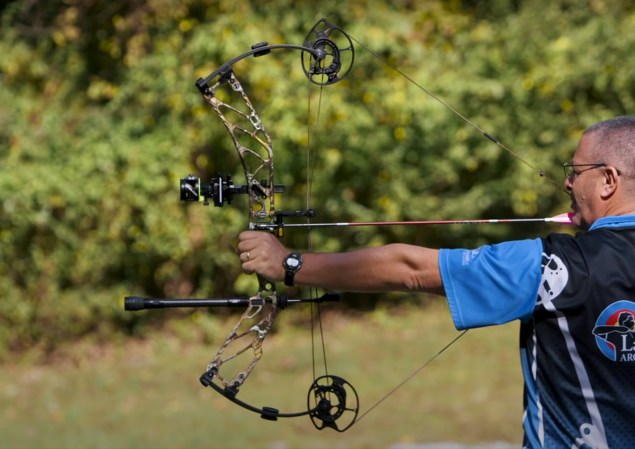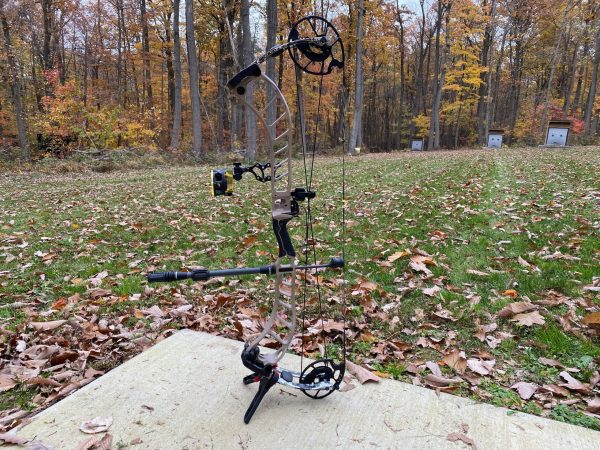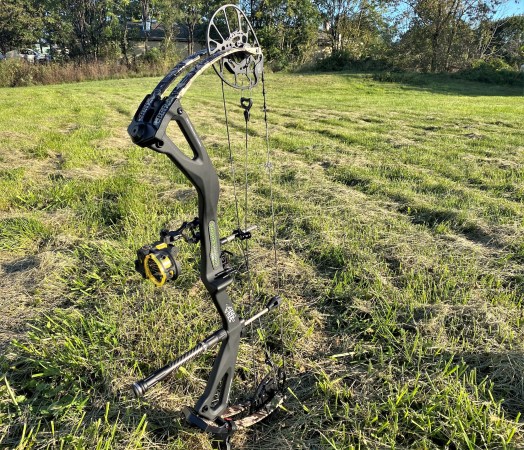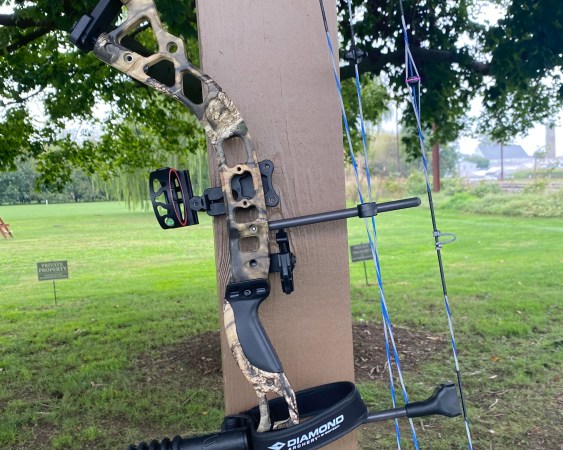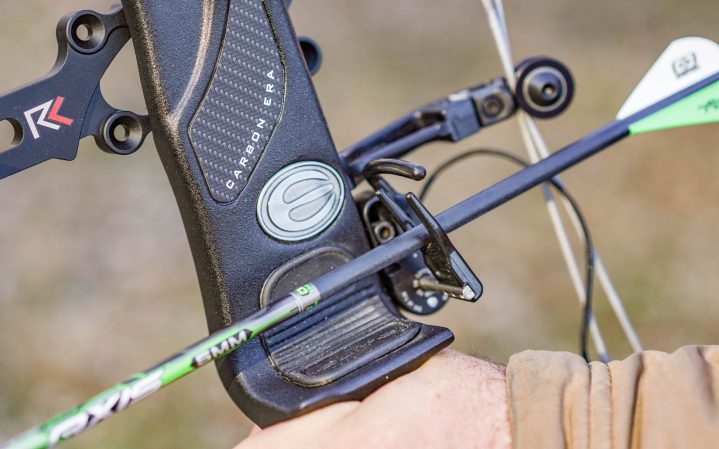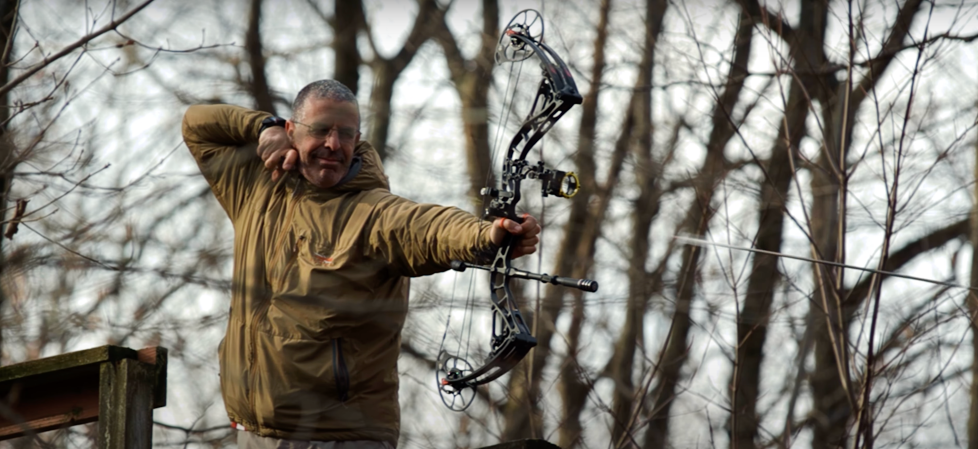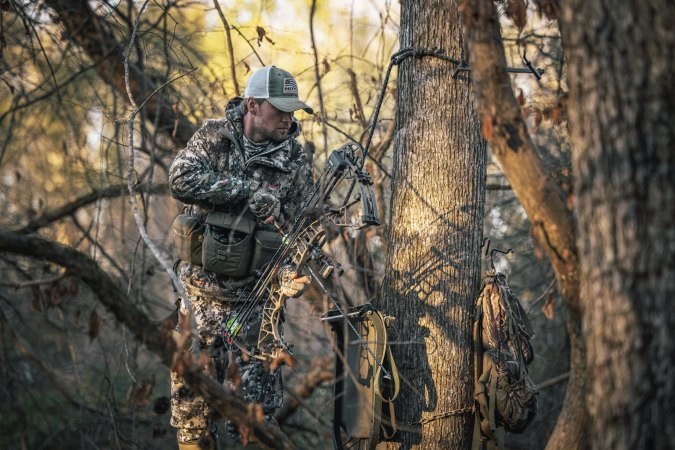We may earn revenue from the products available on this page and participate in affiliate programs. Learn More ›
In 2023, Mathews introduced the Phase 4, which employs four pairs of limbs, where each pair sandwiches a rubber strip that attacks vibration. We’d never seen anything like it.
The 2024 Mathews Lift uses that same technology, and it introduces design where the axles sit on top of the limbs rather than running through them. We’ve never seen anything like it.
As a result of Mathews out-of-the-box engineering, the lift is about .5 pound lighter than the Phase 4. Unchanged are all the things archers loved about the Phase 4 like the massive riser, the ability to hold each bow rock steady at full draw, and the dead-in-the-hand shot feel. Here are the details on what’s new, what’s the same, and my thoughts after testing the 2024 Mathews Lift.
Mathews Lift Specs and Key Features
- Axle to Axle: 29.5 and 33 inches
- Weight: 3.99 pounds (29.5) and 4.26 pounds (33)
- Draw Weights: 55, 60, 65, 70, 75, and 80 pounds
- Draw Lengths: 24.5-30 inches (29.5) and 26-31.5 inches (33)
- Let Off: 85, 80, and 75 percent
- IBO Speed: 348 fps
- Mathews Switchweight
- Resistance Phase Damping
- Bridgelock accessories
- Shot Sense
New Features
Limbs, Axles, and SWX Cam
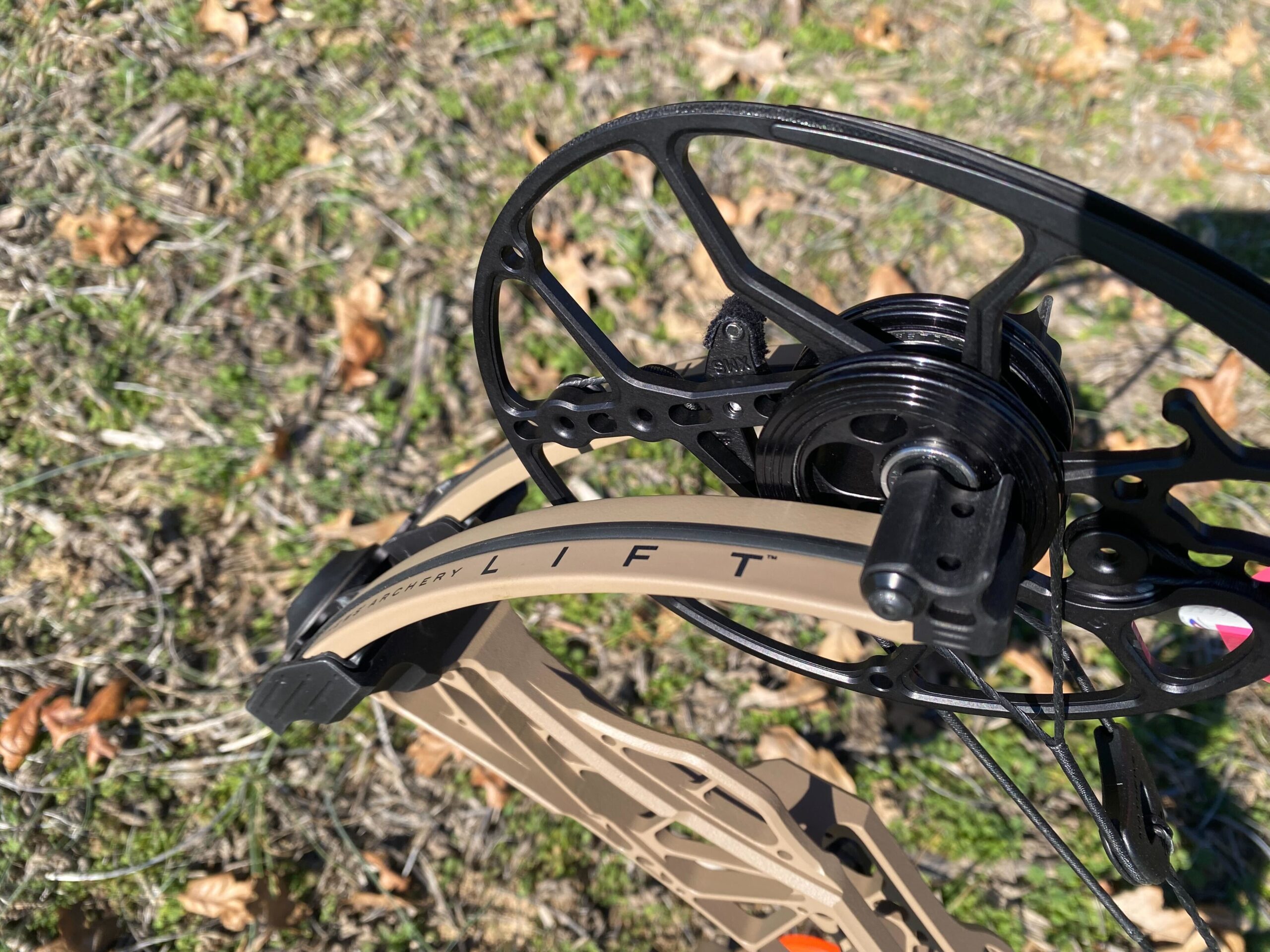
New features on the Lift bows start with the SWX cam. It’s a bit more oval than last year’s SW cam, which is one of the reasons the speed ratings are a bit higher for the Lift than they were for the Phase 4 bows. Besides the shape, the SWX cams look and do everything just like the SW cams.
Which brings us to the limbs and axles. This is the most noticeable new feature on the Lift bows. The axles sit on top of the limbs, instead of running through them as they always have. Why do that? The Mathews engineers I spoke to said putting the axles on top of the limbs allowed them to reduce the length of the limbs, while increasing their working area. In summation, it cut weight and increased efficiency.
Match Strings
All Lift bows are operated by the new Match strings that replace the old Zebra strings. Both are Mathews’ in-house string brands, and let’s just say the Zebra strings had many detractors in the archery world. For sure, you could get a set of Zebra strings on your bow that have perfect servings and no peep twisting. But there were plenty of folks—me included—who occasionally got a set where the peep twisted like John Travolta in Saturday Night Fever. (Did I just age myself?)
Mathews folks said they revamped their string-building process within the past year to provide strings that perform better and are more consistent. Time will tell if the Match strings succeed.
Shot Sense
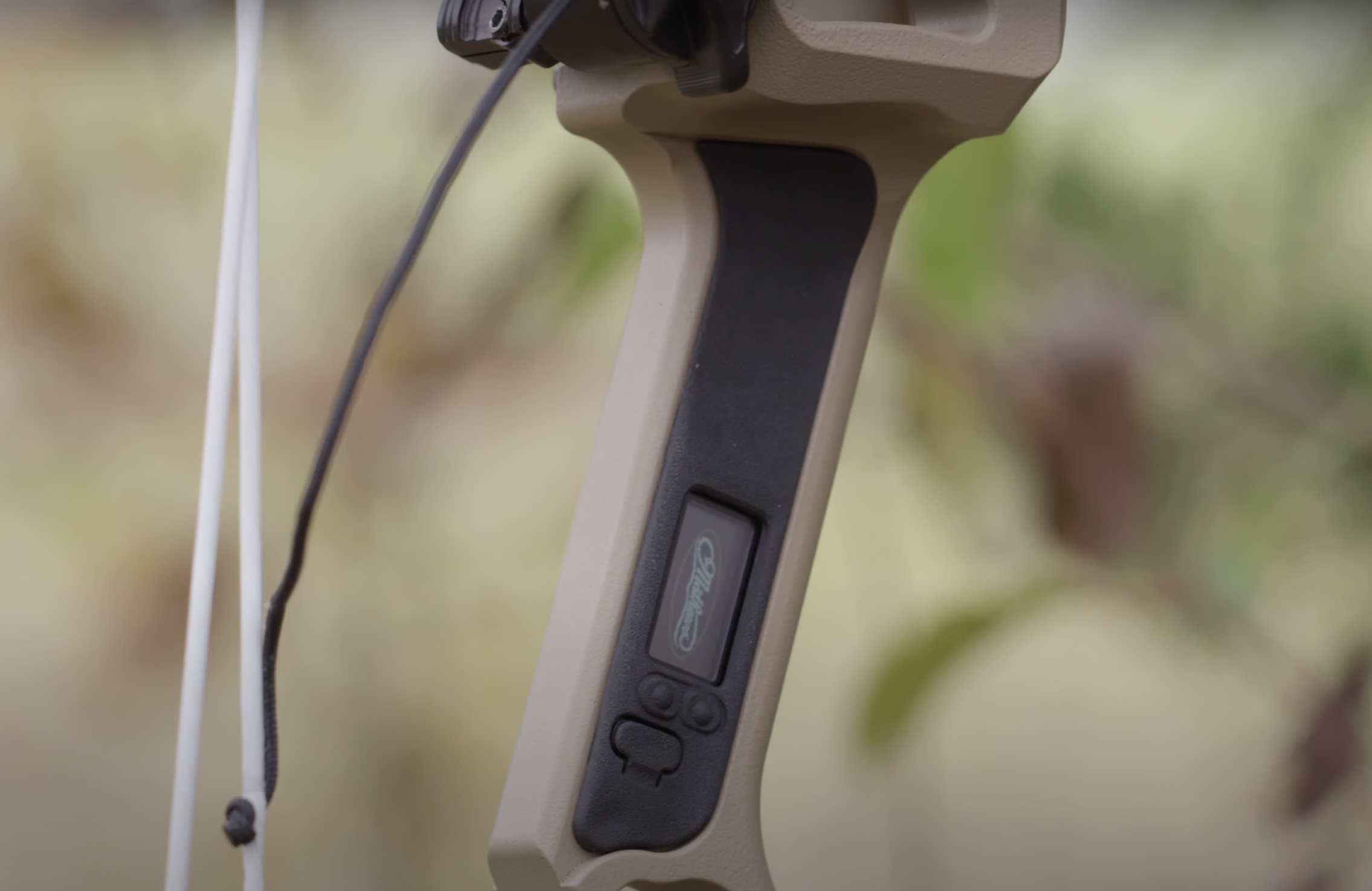
Shot Sense is a new accessory Mathews introduced alongside the Lift. It’s an electronic device that is attached to the grip. Connected to an app via Bluetooth, Shot Sense tracks an archer’s shot to gauge how steady the bow is held, how level it is held, how much torque the archer introduces at the grip, and how long the bow is held before the shot. It also charts the movement of the bow from draw to shot on a graph.
All of this data is intended to help archers improve their shots. When you can see you’re not holding level or steady, or if you’re torquing the bow, then you can work to fix those issues. Shot Sense awards a score for each shot out of a possible total of 100. Improve your shot, and your score goes up. That’s how you can track your progress.
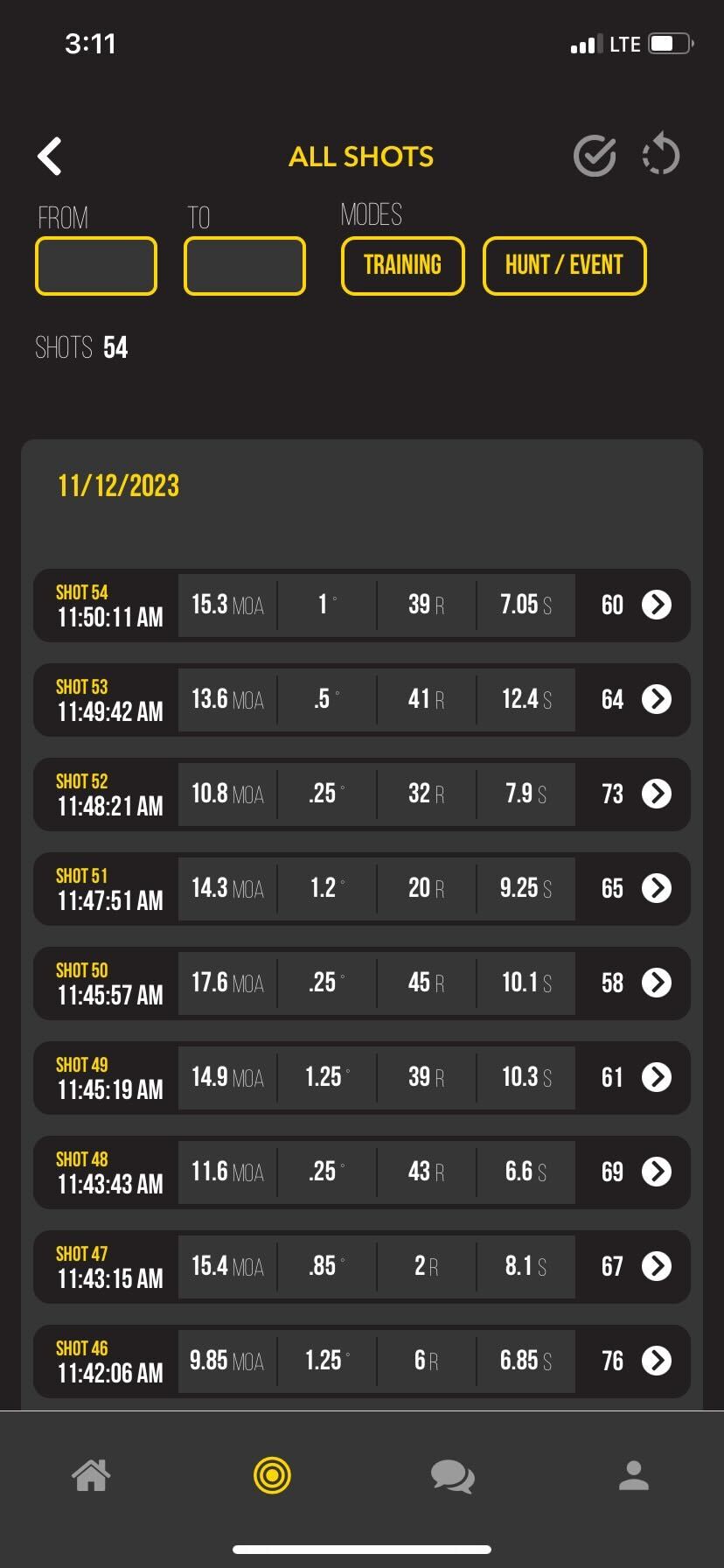
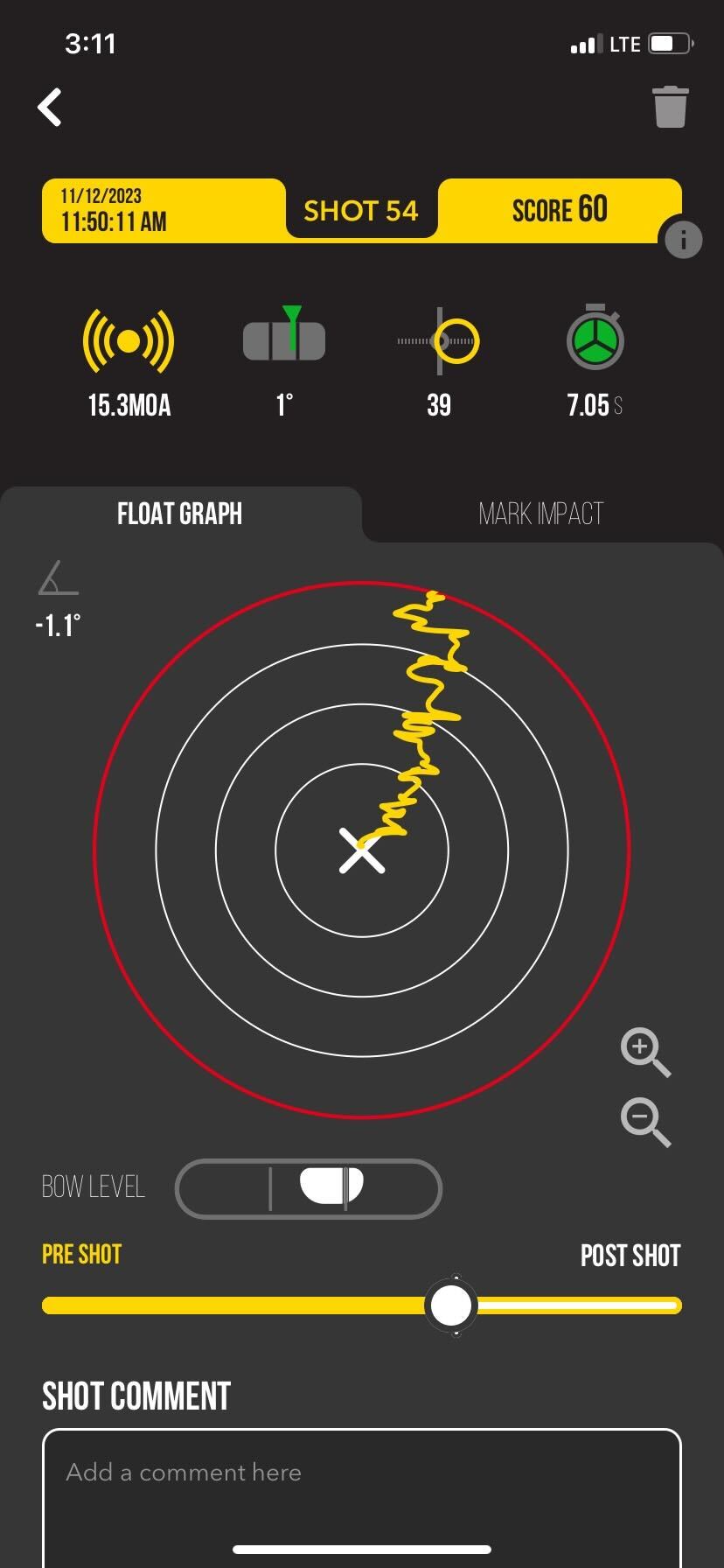
For a comparison base, my scores the first day I tried Shot Sense averaged about 76, and it said my Minute of Angle (MOA) hold was around 11. That means I basically held the bow so my arrows would hit within an 11-inch circle at 100 yards.
Professional archer Christopher Perkins, who is a Vegas Shoot winner, tested the Shot Sense this fall and posted an average score of 93, with an MOA hold of 1.5. Those are the crazy numbers at the top of the food chain.
Shot Sense is an added accessory—it doesn’t come included with the Lift bow—but it will work in any of the Mathews bows that have a sticker saying “Shot Sense Compatible” on the stock Engage grip or with the Shot Sense compatible side plates. That covers the Phase 4 and Lift bows in the hunting lines, in addition to some target models.
Bow Press Caps

Mathews built new, sturdy caps on the ends of the limbs for pressing. If you like to do your own bow work, and you own a Last Chance Archery bow press, you really should get the new Mathews Fingers Set that Last Chance released alongside the launch of the Lift bows. They’re wider and sturdier to properly support the wide limbs on the Lift. Standard Last Chance press fingers are much skinnier and could torque the limbs if not centered properly.
What’s the Same
Resistance Phase Damping, Bridgelock, and Integrate
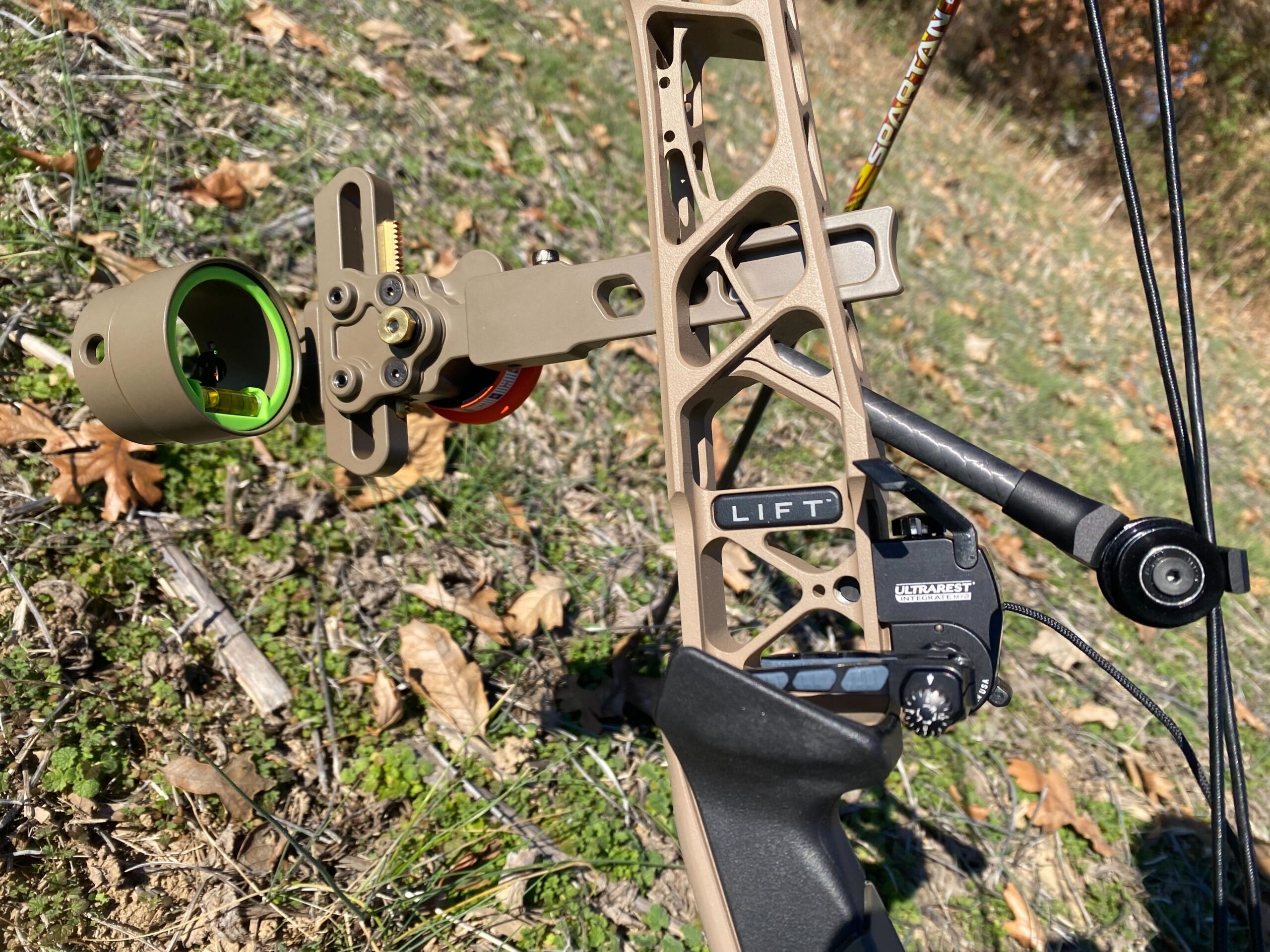
Carryover features from the Phase 4 to the Lift, besides the Resistance Phase Damping in between each pair of limbs, include the Bridgelock cutouts for a sight and front stabilizer. These dovetail cutouts allow those accessories to be installed into the riser, rather than being bolted onto it. It’s a sturdier connection, and it allows for streamlining the bows.
Currently, only Mathews offers Bridgelock-compatible stabilizers, so you’ll have to go with those if you want to take advantage of that feature. As for Bridgelock sights, several sight manufacturers either make Bridgelock sights, or have a bracket that can be added to their sights so they fit the Bridgelock cutout.

Completing the streamlining features is the dovetail that’s machined into the back of the riser to receive an integrate-style arrow rest. These rests clamp onto the dovetail, negating the need to bolt an arm to the side of the bow.
And in case you’re new to these bows, and have a shelf full of standard bow accessories, fear not. The Lift has all the standard attachment points for those accessories as well.
Stay Afield System
The Lift cams have the needed prongs machined in for using the Stay Afield System. This is basically a length of cord that can be attached to the prongs so you can press the bow in the field to do emergency work on your strings or peep sight. SAS is intended for emergencies and is not a replacement for a bow press.
Engage Grip
Also back again is the Engage grip. Ah, the Engage grip. I’ll give my thoughts on it in a bit, but it’s a rubber grip that does offer a warm landing spot for your hand on chilly hunts.
TopHat Shims
For tuning, the Lift bows employ Mathews TopHats. These are tubular spacers of varying shoulder thickness that can be swapped out to move the cams left and right. TopHats slide into the inside edge of the limb tips, so the shoulders sit against the cams. You need a bow press to change them. Replace a thick-shoulder TopHat with a thin one on the left side of the cam, and you can shift the cam to the left, if that’s what your tuning requires.
Read Next: The Best Compound Bows of 2023
Testing the Mathews Lift
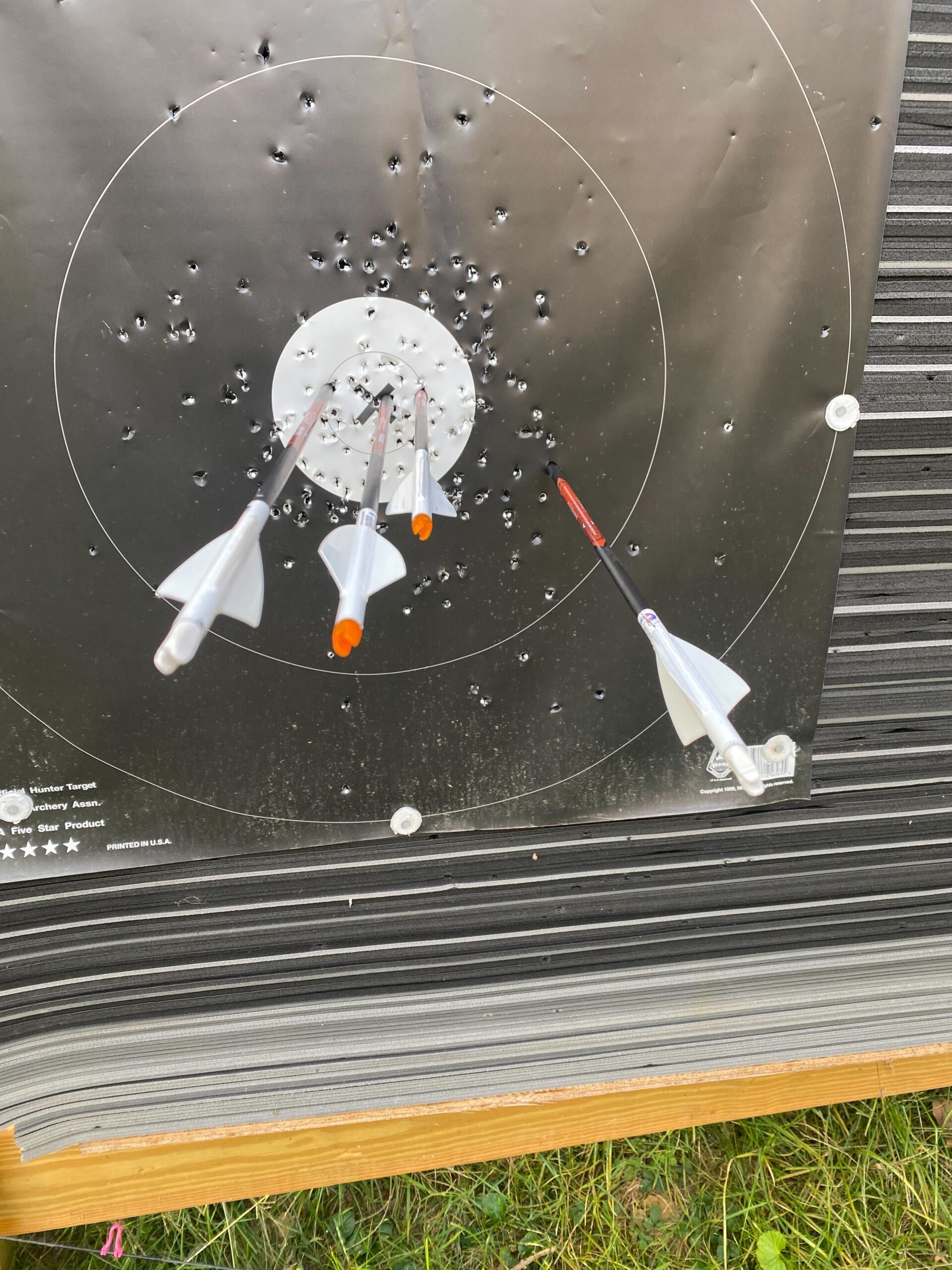
For my review of the Lift 29.5 and 33, I used test bows sent to Lancaster Archery Supply ahead of the Mathews launch. I set both at 70 pounds, with a 30-inch draw and 85-percent let off.
At those specs, I shot a 350-grain arrow from each over top of the new Garmin Xero C1 Pro Chronograph. The Lift 29.5 shot that arrow at 330 fps, while the 33 shot it at 329 fps. Would I get the IBO speeds Mathews lists for these bows if I followed the IBO test parameters? I have no idea. I had no access to 80-pound modules, and my shoulders would object to that weight even if I did.
The draw cycles vary between the two bows, even though I had them set up identically. The 33 drew easier than the 29.5. I can’t say the 29.5 was tough to draw, but I definitely noticed the hump more that I had to get past for the cams to roll over. And both drew a bit stiffer than the Phase 4 bows from last year.
Both bows produced perfect bullet holes in my paper tuning. All I did was make sure the cams were properly timed, and then set the arrow rests so the arrows sat level at full draw, and so the center of my arrow shafts were precisely 13/16 inch from the riser faces. Both shot bullet holes on the first shots I took, so tuning took just a few minutes.
Where the Lift bows shine is in the hold. That’s what the massive risers are built for. On each bow, the risers are only about 1 inch shorter than the axle-to-axle lengths. No other bow manufacturer has a riser that measures so close to the axle-to-axle length.
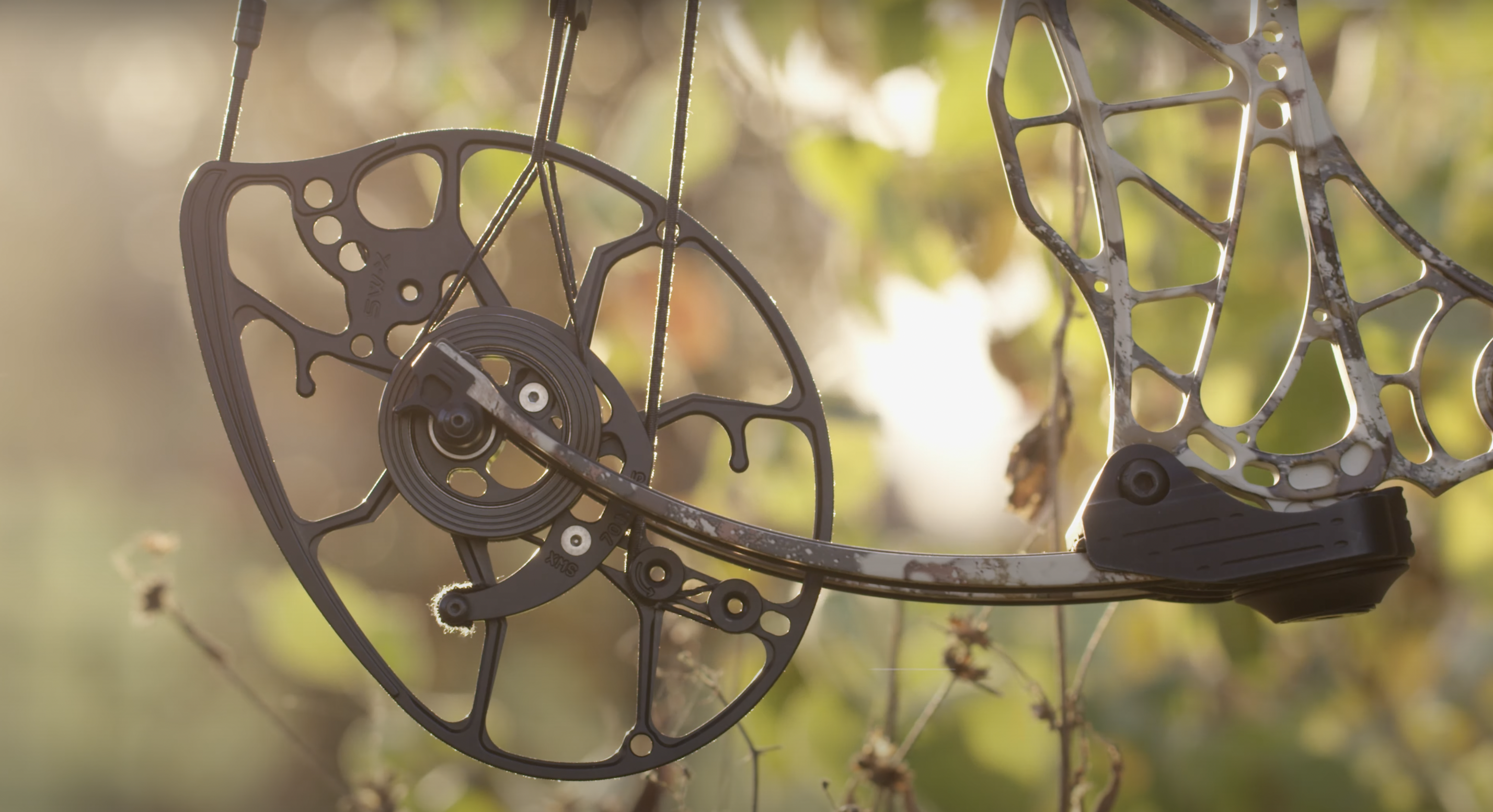
You take aim with these bows, and the pin just sits. That’s why we saw several 3D pros, including Levi Morgan and Jeff Hopkins, shooting Phase 4 33 bows in national competitions last year. They hold as good as target bows.
I only took a few shots with the Lift 33, because I knew it would hold very well. Instead, I focused most of my shooting time on the Lift 29.5. That’s not a bow length that I would typically choose, but it’s sure to be the preferred choice among bowhunters who operate in tight quarters. Like when hunting from ground blinds, or up in the trees using saddles.
Once I got the Lift 29.5 sighted in, my first three shots landed inside the X on an NFAA hunter target at 60 yards. (The X is about the size of a soda can top.) Naturally, I started thinking about my good group, and so my fourth shot slid right about 4 inches. But it was a solid showing, and the bow held better than I would expect a 29.5-inch bow to hold.
I managed to shoot that group even with the Engage grip installed. I’m not a fan of this grip. Not at all. The Engage grip has a hump in the middle of the back, and I find I’m constantly fighting the hump, as my hand wants to settle on either side of it. That battle typically leads to left-right impact issues, which is why—on my personal Mathews bows—I remove the Engage and replace it with the Ultraview BeeReal 2.0 grip. That’s got a nice flat spot on the back that I find to be more consistent.
Read Next: Best Mathews Bows
Final Thoughts
If you already have a Mathews Phase 4, do you need a Lift? Probably not. There isn’t much difference between the two bows. But if you’ve got an older Mathews, or a bow of another brand, and this is the year you want to upgrade, either one of the Lifts would be a good choice. They draw nice, they aim well, and they’re a pleasure to shoot. You can’t ask for much more than that.

